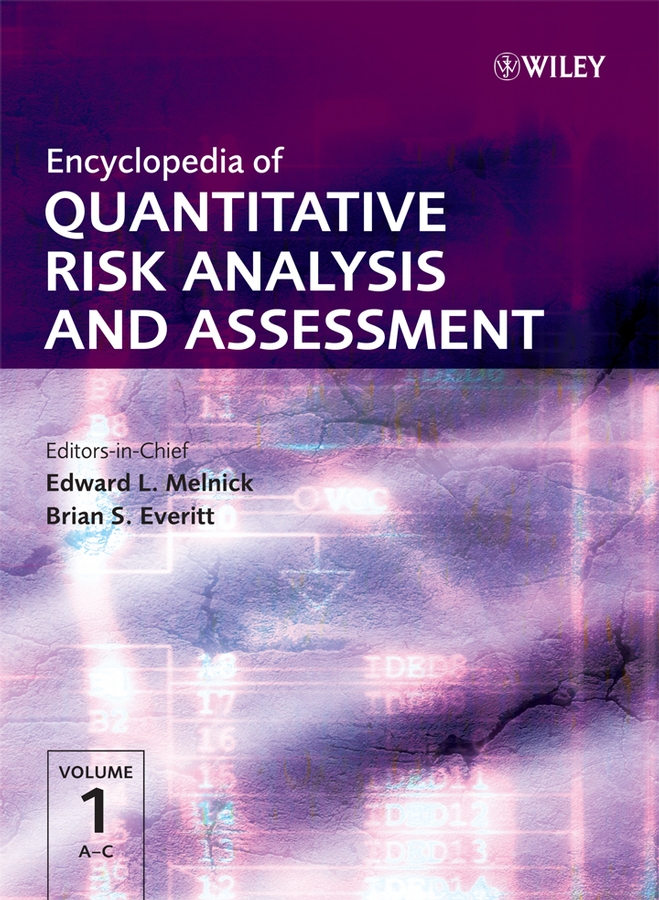Abstract
This article describes the two main approaches, called the primal (forward) and the dual (backward) ones, to the two predominant asset allocation models in continuous time, namely, those of expected utility maximization and the mean–variance.
References
- 1
Bachelier, L.
(1900).
Théorie de la Speculation,
Annales Scientifiques de L'École Normale Supérieure, 3rd series,
17,
21–88.
10.24033/asens.476 Google Scholar
- 2 Mirrlees, J.A. (1965). Optimal Accumulation Under Uncertainty, unpublished paper.
- 3 Mirrlees, J.A. (1971). Optimal accumulation under uncertainty: the case of stationary returns to investment, in Allocation Under Uncertainty: Equilibrium and Optimality, J. Drèze, ed, John Wiley & Sons, New York.
- 4 Merton, R. (1969). Lifetime portfolio selection under uncertainty: the continuous time case, The Review of Economics and Statistics 51, 247–257.
- 5 Merton, R. (1971). Optimum consumption and portfolio rules in a continuous time model, Journal of Economic Theory 3, 373–413.
- 6 Fleming, W.H. & Soner, H.M. (2006). Controlled Markov Processes and Viscosity Solutions, 2nd Edition, Springer-Verlag, New York.
- 7
Yong, J. &
Zhou, X.Y.
(1999).
Stochastic Controls: Hamiltonian Systems and HJB Equations,
Springer-Verlag,
New York.
10.1007/978-1-4612-1466-3 Google Scholar
- 8 Duffie, D. (1996). Dynamic Asset Pricing Theory, 2nd Edition, Princeton University Press, Princeton.
- 9 Karatzas, I. & Shreve, S.E. (1998). Methods of Mathematical Finance, Springer-Verlag, New York.
- 10 Harrison, J.M. & Kreps, D. (1979). Martingales and multiperiod securities market, Journal of Economic Theory 20, 381–408.
- 11 Harrison, J.M. & Pliska, S. (1981). Martingales and stochastic integrals in the theory of continuous trading, Stochastic Processes and their Applications 11, 215–260.
- 12 Pliska, S.R. (1986). A stochastic calculus model of continuous trading: optimal portfolios, Mathematics Operations Research 11, 371–384.
- 13 Cox, J. & Huang, C.-F. (1989). Optimal consumption and portfolio policies when asset follows a diffusion process, Journal of Economic Theory 49, 33–83.
- 14 Karatzas, I., Lehoczky, J. & Shreve, S.E. (1987). Optimal portfolio and consumption decisions for a small investor on a finite horizon, SIAM Journal on Control and Optimization 25, 1157–1186.
- 15 Bismut, J.M. (1973). Conjugate convex functions in optimal stochastic control, Journal of Mathematical Analysis and Applications 44, 384–404.
- 16 Bismut, J.M. (1975). Growth and optimal intertemporal allocations of risks, Journal of Economic Theory 10, 239–287.
- 17 Ma, J. & Yong, J. (1999). Forward–Backward Stochastic Differential Equations and Their Applications, Lecture Notes in Mathematics 1702, Springer–Verlag, Berlin-Heidelberg.
- 18 Jin, H., Xu, Z. & Zhou, X.Y. (2007). A convex stochastic optimization problem arising from portfolio selection, Mathematical Finance to appear.
- 19 Markowitz, H. (1952). Portfolio selection, Journal of Finance 7, 77–91.
- 20 von Neumann, J. & Morgenstern, O. (1947). Theory of Games and Economic Behavior, 2nd Edition, Princeton University Press, Princeton.
- 21 Richardson, H.R. (1989). A minimum variance result in continuous trading portfolio optimization, Management Science 35, 1045–1055.
- 22 Bajeux-Besnainou, L. & Portait, R. (1998). Dynamic asset allocation in a mean—variance framework, Management Science 44, 79–95.
- 23 Li, D. & Ng, W.L. (2000). Optimal dynamic portfolio selection: multiperiod mean–variance formulation, Mathematical Finance 10, 387–406.
- 24 Zhou, X.Y. & Li, D. (2000). Continuous time mean–variance portfolio selection: a stochastic LQ framework, Applied Mathematics and Optimization 42, 19–33.
- 25 Lim, A.E.B. & Zhou, X.Y. (2002). Mean–variance portfolio selection with random parameters, Mathematics of Operations Research 27, 101–120.
- 26 Lim, A.E.B. (2004). Quadratic hedging and mean–variance portfolio selection with random parameters in an incomplete market, Mathematics of Operations Research 29, 132–161.
- 27 Bielecki, T.R., Jin, H., Pliska, S.R. & Zhou, X.Y. (2005). Continuous-time mean–variance portfolio selection with bankruptcy prohibition, Mathematical Finance 15, 213–244.
- 28 Xia, J. & Yan, J.-A. (2006). Markowitz's portfolio optimization in an incomplete market, Mathematical Finance 16, 203–216.
- 29 Jin, H. & Zhou, X.Y. (2007). Continuous-time Markowitz's problems in an incomplete market, with no-shorting portfolios, in Stochastic Analysis and Applications—A Symposium in Honor of Kiyosi Itô, G. Di Nunno, ed, Springer-Verlag, Berlin Heidelberg.
- 30 Kahneman, D. & Tversky, A. (1979). Prospect theory: An analysis of decision under risk, Econometrica 47, 263–291.
- 31 Berkelaar, A.B., Kouwenberg, R. & Post, T. (2004). Optimal portfolio choice under loss aversion, The Review of Economics and Statistics 86, 973–987.
- 32 Jin, H. & Zhou, X.Y. (2007). Behavioral portfolio selection in continuous time, Mathematical Finance to appear.
Further Reading
-
Cvitanic, J. &
Karatzas, I..
(1992).
Convex duality in constrained portfolio optimization,
Annals of Applied Probability
2,
767–818.
10.1214/aoap/1177005576 Google Scholar
Encyclopedia of Quantitative Risk Analysis and Assessment
Browse other articles of this reference work:



